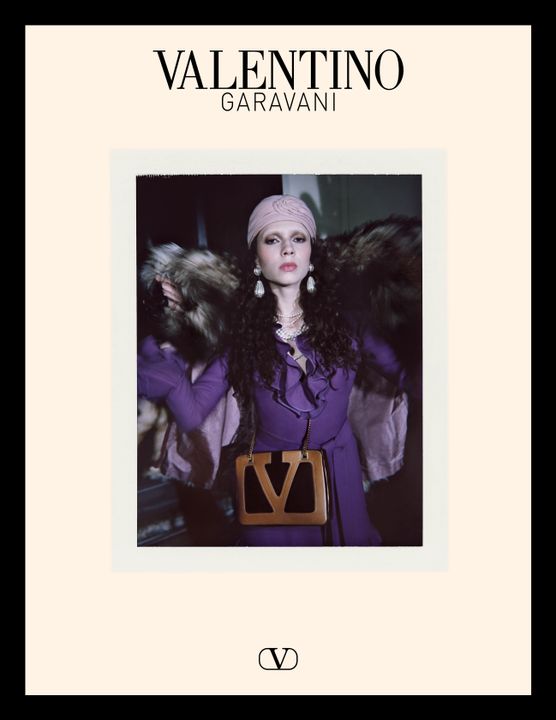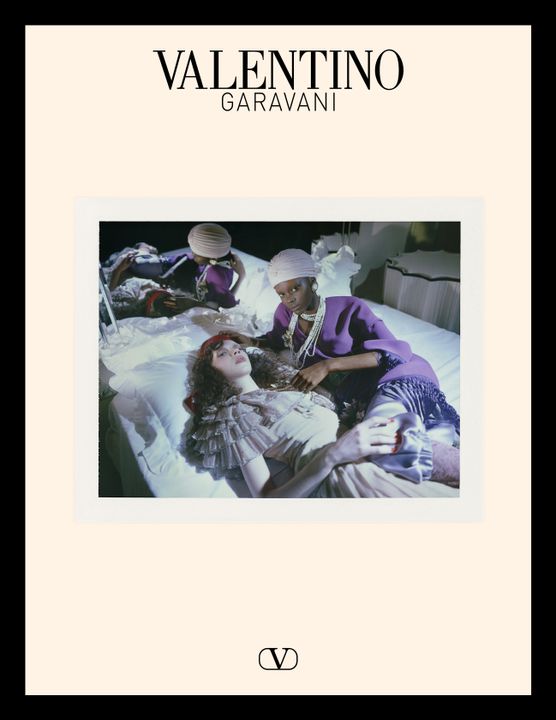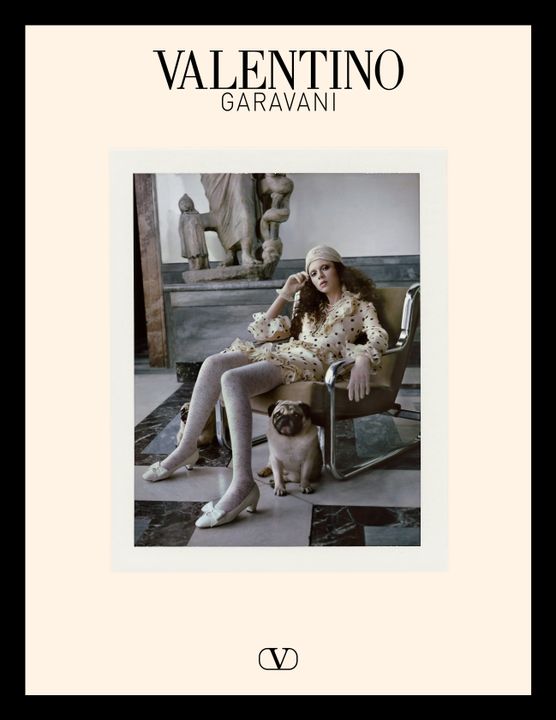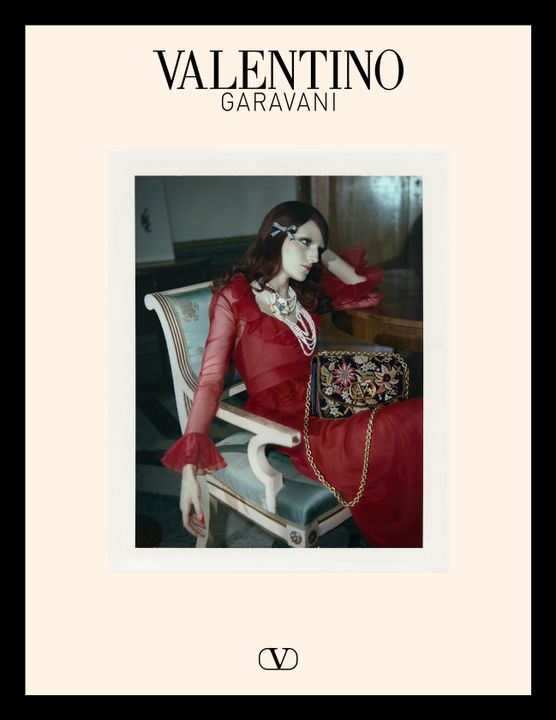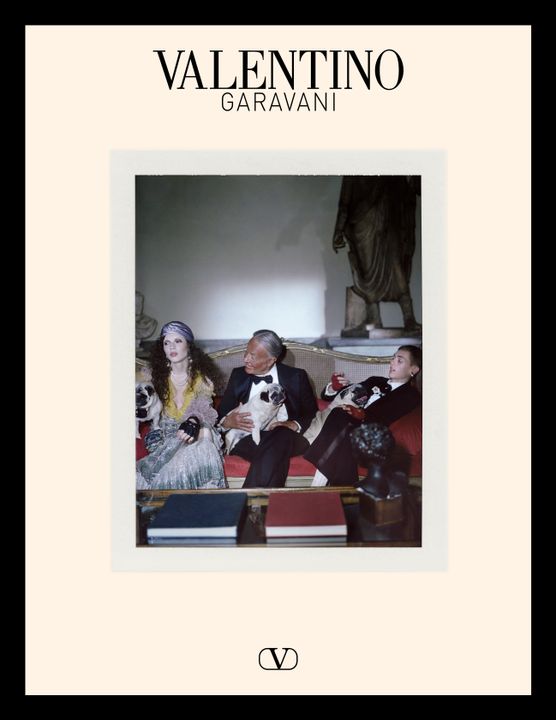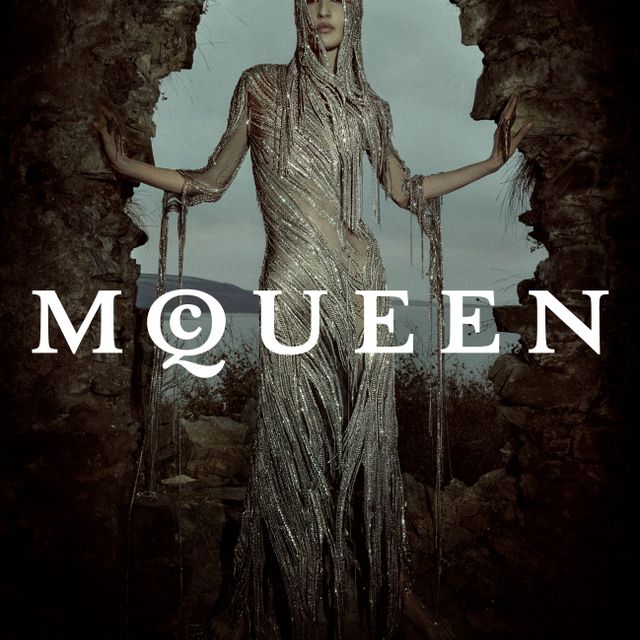广告 - 10/8/24
When we move, there is always a house we leave behind and a new one where we decide to dwell. It’s a ritual where, simultaneously, something is abandoned and something else is taken. There is the parting and the catch, the farewell and the welcome.
Through this exercise of displacement and metamorphosis, we allow ourselves to explore original determinations in dialogue with the new spaces we settle in. We know: when crossing an unknown threshold, we immediately dive into the traces of past experiences that preceded us, in the memories that time deposited, layer after layer.
Such memories have unexpressed life potential because they hold a core of further possibilities ready to be reactivated. In every new house we will inhabit, in fact, the relationship with its past will never be an act of mere contemplation, rather of reinvention.
In this delicate passage of memorial revisitation, I tried to reimagine Maison Valentino, starting from the mythical Mignanelli palace, historical headquarters of the brand. In my oneiric transposition, the front door of this ancient Roman palace becomes the portal leading to a house populated by eccentric, uninhibited, eclectic humanity.
A convivium of the human celebrating the art of the feast. Here we meet visionary and worldly artists, glamorous women in cinema with their eternal and magnetic allure, grotesque prelates and the fascinating heiresses of a declining nobility.
These are all actors in a living comedy embodying the vibrant and libertarian soul of a city, Rome, to which I wanted to pay tribute, stemming from the love that has always bound Rome and Valentino Garavani.
To build such a praise, I couldn’t avoid stealing Federico Fellini’s words to Anna Magnani, when he salutes her on the doorstep at the end of the film Roma. It’s nighttime, the bells of a church and the footsteps on the ancient pebbles are the only sounds of the city.
The voice of the director fondly caresses the Roman actress, celebrating her as ‘the symbol of the city: Rome, seen both as a she-wolf and a vestal, aristocratic and ragged, gloomy and clownish’. Federico Fellini couldn’t have been more accurate, because Rome has this precise paradoxical nature.
It’s a saint a whore, mother and stepmother, governmental and anarchic, cosmopolitan and provincial. It’s the place where blasphemies and rosaries coexist, where history merges with everyday life and beauty is anchored to the ground by a polytheistic antiquity, by a world still not completely abolished.
Rome, in the end, is a fading noblewoman still full of charm. I wanted to recreate that felliniesque scene. The camera lingers on a girl going back home as she walks along the wall of an ancient Roman palace, followed by some pugs: fraternal creatures so symbolically tied to the figure of Valentino Garavani.
Together they pass through that legendary front door that the founder of the maison must have crossed a thousand times. On that threshold, the street makes contact with the glitter of the aristocracy, the low with the high, the profane with the sacred, the outside with the inside.
It’s the entire city that joyfully bursts into a domestic space. I needed a cinematographic language to tell the story of this new home. An aesthetics suspended between the neorealism of Luchino Visconti, the visual symbolism of Ingmar Bergman and the magic realism of Federico Fellini.
I was looking for a patina that evoked the Rome of cinema, with its aura and its iconic tones. I wanted the result to truly appear as a fragment of a film where the Dionysian atmosphere of a bacchanalia of the ancient Rome relived in the splendor of the seventies, getting to contaminate our present.
A present that is untimely, misaligned, anachronistic and, because of that, extremely contemporary.
Alessandro
CREDITS
Creative Director: Alessandro Michele
Director and Photographer : Glen Luchford
DOP: Jack Webb
Art Director: Christopher Simmonds
Stylist: Jonathan Kaye
Hair Stylist: Paul Hanlon
Make Up Artist : Yadim
Manicurist: Lauren Mitchell
Choreographer: MJ Harper
Casting Director: Ben Grimes
A special thank you to the heirs of Federico Fellini and the heirs of Bernardino Zapponi, for granting the rework of the scene from the film Roma (1972).
An additional thank you to Titanus and the heirs of Federico Fellini for the concession of Federico Fellini’s voice-over taken from the film “Roma”.
“Roma” (1972)
Directed by Federico Fellini
Subject and Screenplay by Federico Fellini and Bernardino Zapponi
Distribution: Titanus
Music Video Credits:
Requiem: Lacrimosa da “Mozart Requiem Realizations” – 2013
Choir of King’s College, Cambridge - Stephen Cleobury
SHARE

